There is no end to human endeavour or research. Some attempts, experiments and discoveries, therefore,
do leave an impact. Launched from
Sriharikota on November 5, 2013, India’s Mangalyan is one such act or happening. Upon traversing over 650 million kms, it has scripted history of a different kind.
Though, after entering the Martian orbit at 7.55 hrs on 24th
September, India became only the fourth country or agency to achieve the rare
feat, the NASA of U.S.A., European Space Agency and RFSA of Russia, the earlier
achievers, had actually failed in their maiden attempt. India, on the contrary, wrote its name in
golden letters by becoming the first country to enter the orbit of Mars (515
kms away from its surface) in its very first attempt. Lessons learnt from other
missions may have also contributed.
(2). Expectations
The 475 kg Orbiter is slated to take 77 hours or 3.2
Earth days to rotate around Mars over the next six months. Charter is to study
its surface and mineral composition. It
will also scan its atmosphere with a view to explore the possibility of Methane
Gas which may perhaps give a clue pertaining to life sustaining elements.
(3). Mystic of Planets
When I was a child, we were taught
about existence of nine planets in the vast Solar System, some with Satellites,
some without one. It would appear to be a fascinating and perplexing world. Now
with the change of definition of ‘planet’, the number has come down to eight. Pluto no longer qualifies. As of now, based on scientific evidence, only
Earth is inhabitated by human beings. It
is but natural that every now and then there has been an urge to explore the
world beyond the atmosphere of Earth. The urge is awefully expensive but with
all the potentials of a high reward.
(4). Coming back to Mars mission (a side lined
activity), India did not want to lag behind a few selected countries. Having fine tuned its prowess gradually in
satellite launches, a mission to Moon was not only launched but successfully
accomplished a few years ago. Close on
the heels of this encouraging success story, journey to Mars, the fourth planet
from the Sun and the seventh largest, was meticulously planned with a
shoestring budget of Rs. 450 Crores ($74 million) as opposed to $ 671 by NASA’s
mission to this planet. Owing to distance and little outcome of earlier
efforts, there were usual doubts and apprehensions.
(5). Why Mars?
Mars
is supposed to be a red planet. The March month derives its name from it. Revival of interest on voyage to Mars is both
due to relatively “Shorter” distance from Earth and the planet being the most
favourable place in the Solar system, apart from Earth, for human habitation. It
is also interesting to note that the surface area of Mars is about the same as
that of Earth, though in size, Earth is bigger.
Its atmosphere is supposed to be colder and dryer. The planet, visible with an unaided eye at
night time has two tiny satellites by the names of Phobos and Deimos.
(6). Kudos from P.M.
The Prime Minister, donning a red jacket, symbolic of the
“red” planet on the occasion of entry of Mangalyan into the orbit of Mars has
rightly described the MOM as a Pan-Indian effort. As per his apt and extempore comments, of
the 51 such missions, mere 21 had succeeded and that ensuring the travel of an
incredible distance of over 650 million or 65 Crore kms, our scientists have
gone beyond the boundaries of human enterprise and imagination. He not only
praised their efforts sincerely but also spared sufficient time to shake hands very
warmly with almost all of them, even going to the extent of giving autographs
on any kind of writing material or surface, they could lay their hands on. This is something which has never happened at
the level of a Prime Minister. It was a precedence of the sorts.
(7). Latent
setback to other players?
The U.S. Government together with the Govt. of China has
lost no time in praising the stupendous achievement of ISRO Scientists. Though they seem to have expressed happiness,
yet, the development, per se, may not be to their liking. For, it once again
shows India in bright light and that the development has the potential to throw one more challenger to
the powers that are supposed to matter, otherwise. The bargaining or
blackmailing skills (even if occasional), may get relegated to the background
for the time being. Not only the event is a significant landmark in the annals
of history, it reflects our strength and commitment to knock at other Planets
and celestial bodies, apart from inspiring the Indian Scientists to make even
greater strides, in the words of President Pranab Mukherjee.
(8). Boost to One’s Ability
The mere fact that India succeeded where China failed, is
likely to convey a firm and candid message. Once again it has been proved that
we do not require any Western assistance in pursuing our scientific aims. This is also a remarkable success story of a
Government enterprise, though enjoying autonomy. The command, motivation and exemplary team
spirit, displayed by Dr. K. Radhakrishnan, the ISRO Chairman, has made it
happen beyond all odds ever since he floated the idea in November 2009, which
had the blessings of Shri A.B. Vajpayee, the former P.M.
(9). How the space craft will respond in the
days to come will have to be closely monitored and analysed. The images of surface of Mars to be sent by
the colour camera of ‘Yan’ will create a good deal of curiosity, apart from
providing a lead for further research and investigation. Are they going to be
different from the ones beamed earlier? How long the craft will last, also remains to be
keenly seen. All said and done, it has
opened a new frontier for us.















































































































































































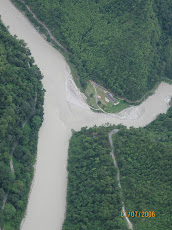


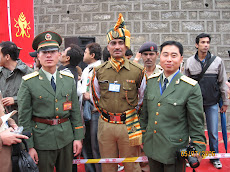





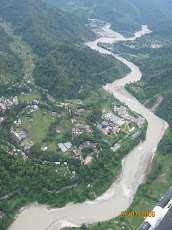






























.jpg)








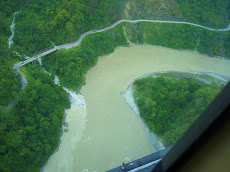


















































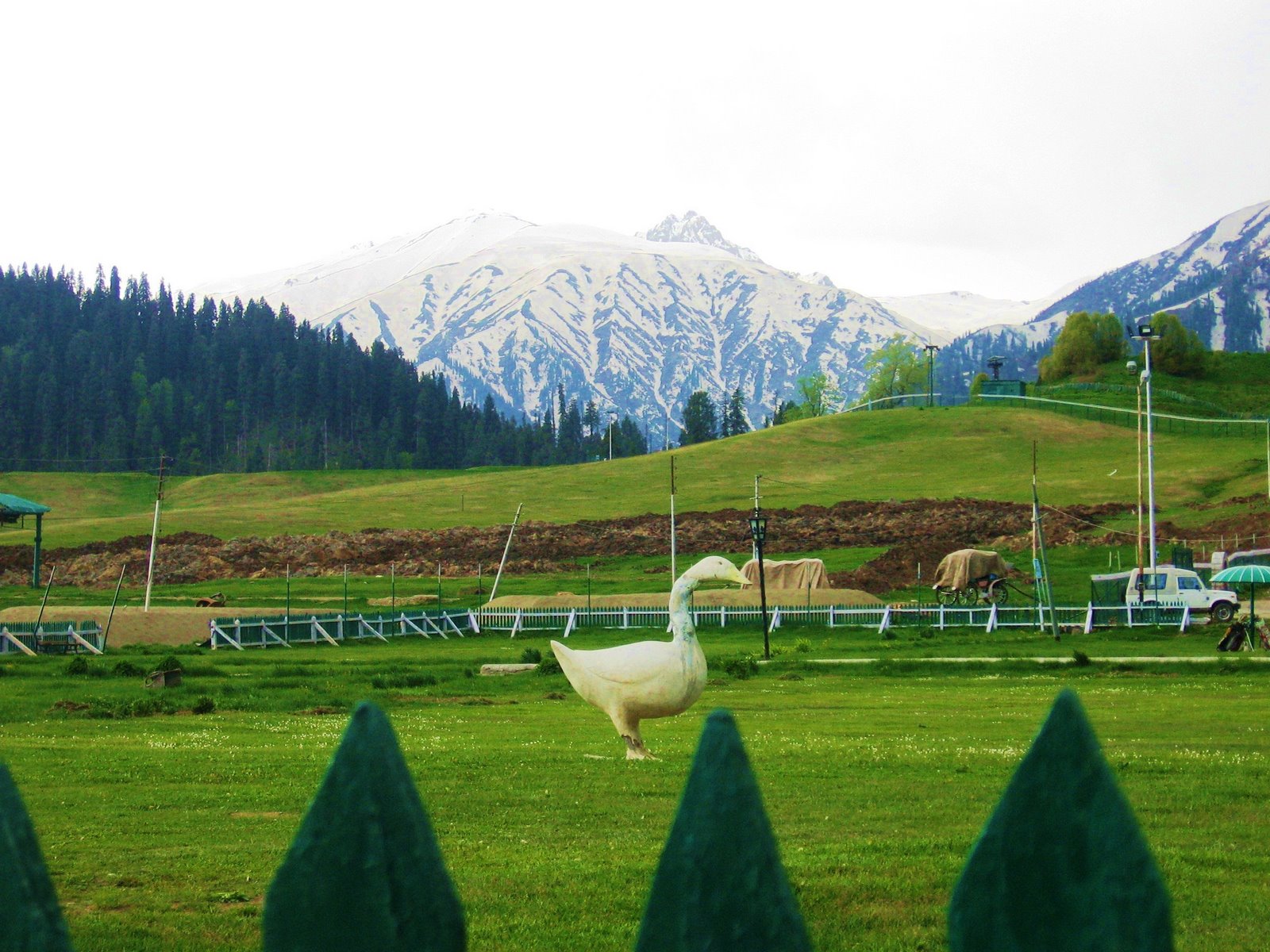



























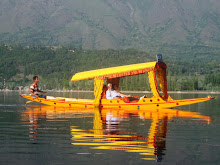
No comments:
Post a Comment